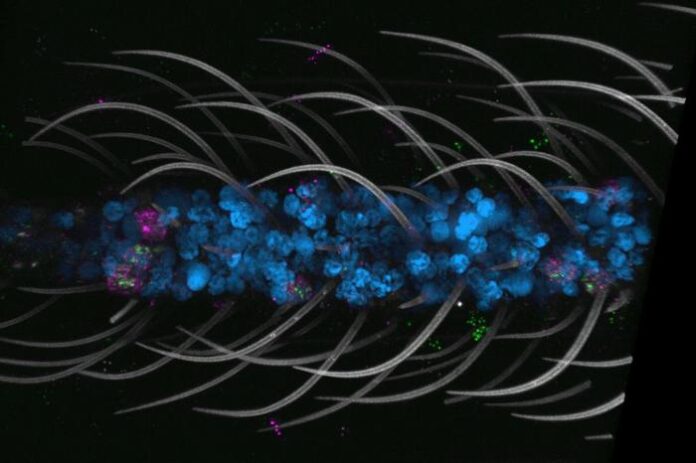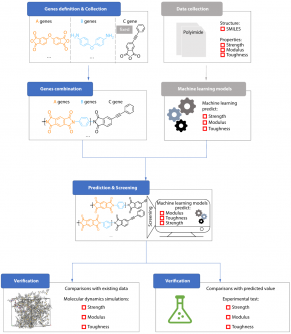A team of researchers at the Massachusetts Institute of Technology (MIT) has developed a groundbreaking framework called KATMAP, which aims to enhance the understanding and prediction of gene splicing. This innovative model, detailed in a paper published on November 4, 2025, in the journal Nature Biotechnology, provides insights into how splicing factors regulate gene expression across various cell types and species.
Gene splicing is crucial in determining how cells utilize identical DNA to perform diverse functions. The process involves the cutting and rejoining of RNA segments, allowing cells to create unique proteins. The research team, led by postdoctoral researcher Michael P. McGurk under the guidance of Professor Christopher Burge, emphasizes that understanding this process can illuminate the mechanisms behind diseases like cancer, where splicing mutations can lead to the production of faulty proteins.
Developing Predictive Models for Splicing Regulation
KATMAP, which stands for Knockdown Activity and Target Models from Additive regression Predictions, utilizes experimental data from splicing factor perturbation experiments. By disrupting the expression of a splicing factor, the model can predict its likely targets based on the RNA sequencing data generated during these experiments. This predictive capability is particularly valuable as it allows researchers to identify both direct and indirect targets of splicing factors.
According to McGurk, traditional approaches have struggled to predict splicing factor regulation at specific exons within particular genes. KATMAP addresses this gap by analyzing the regulatory activities of splicing factors and identifying binding sites within RNA sequences. “In our analyses, we identify predicted targets as exons that have binding sites for this particular factor in the regions where this model thinks they need to be to impact regulation,” McGurk explains.
Implications for Disease Treatment and Further Research
The implications of KATMAP extend beyond basic science. Understanding how splicing factors function can be crucial for developing therapeutic treatments for diseases linked to splicing mutations, including certain types of cancer and genetic disorders. The researchers also posit that KATMAP could predict the efficacy of synthetic nucleic acids, which hold promise for treating conditions like muscular atrophy and specific epilepsy disorders.
KATMAP distinguishes itself from other predictive models by being interpretable. It allows researchers to generate hypotheses while clarifying the reasoning behind its predictions. “I don’t just want to predict things; I want to explain and understand,” McGurk states. This clarity is particularly beneficial when dealing with less-studied splicing factors.
Looking ahead, the Burge lab plans to collaborate with the Dana-Farber Cancer Institute to explore how splicing factors are affected in various disease contexts. The team also aims to expand KATMAP’s capabilities to account for cooperative regulation among splicing factors.
As noted by Burge, “We now have a tool that can learn the pattern of activity of a splicing factor from types of data that can be readily generated for any factor of interest.” This advancement positions KATMAP as a vital resource for understanding the complex dynamics of gene regulation and splicing in both health and disease.
The paper detailing this research represents a significant step forward in molecular biology, providing a valuable tool for scientists seeking to unravel the intricacies of gene expression and its implications for human health.







